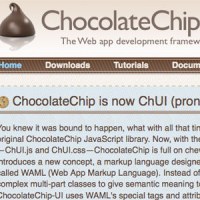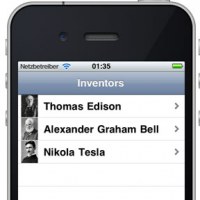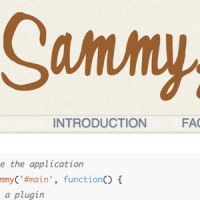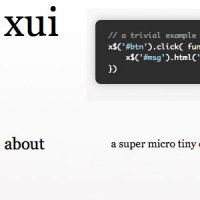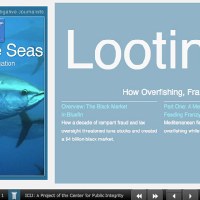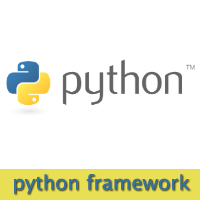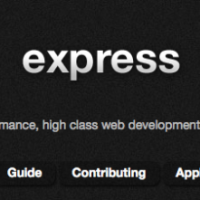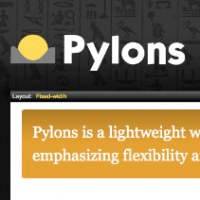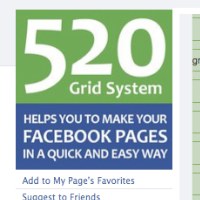ChocolateChip-UI - A Mobile Web App Framework
ChocolateChip-UI is a web app development framework for building web applications for mobile devices. ChocolateChip-UI also introduces a new concept, a markup language designed especially for Web apps. It’s called WAML (Web App Markup Language). Instead of divs and spans crammed with complex multi-part classes to give semantic meaning to your Web app, ChocolateChip-UI uses [...]


